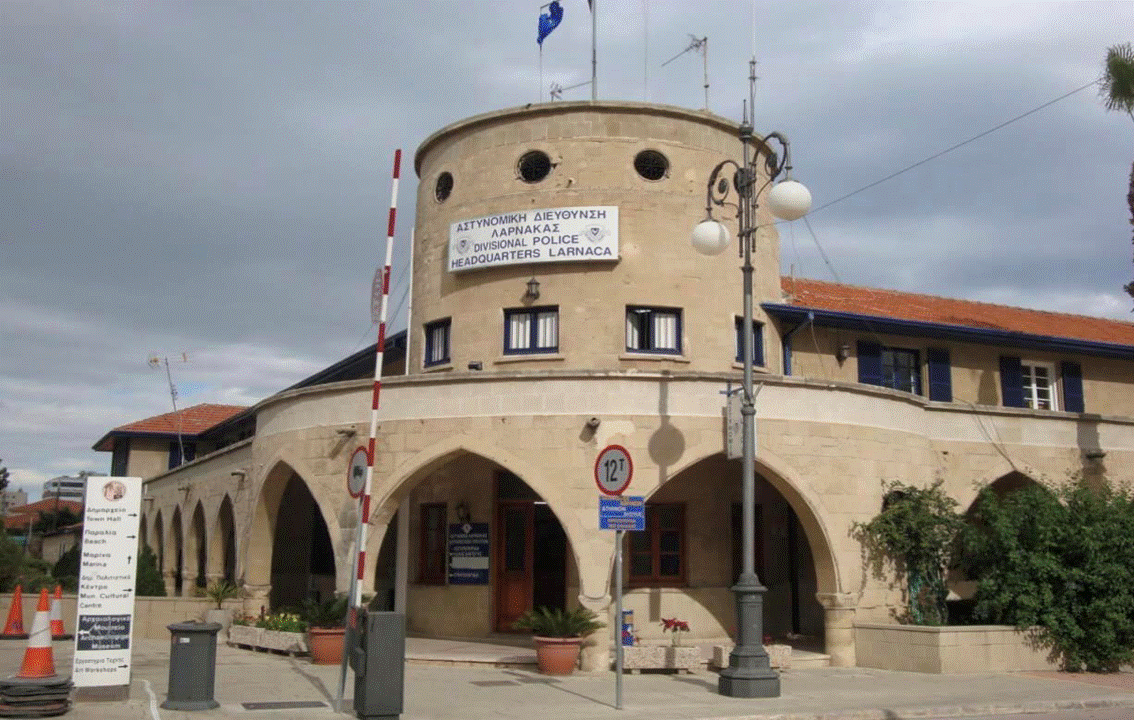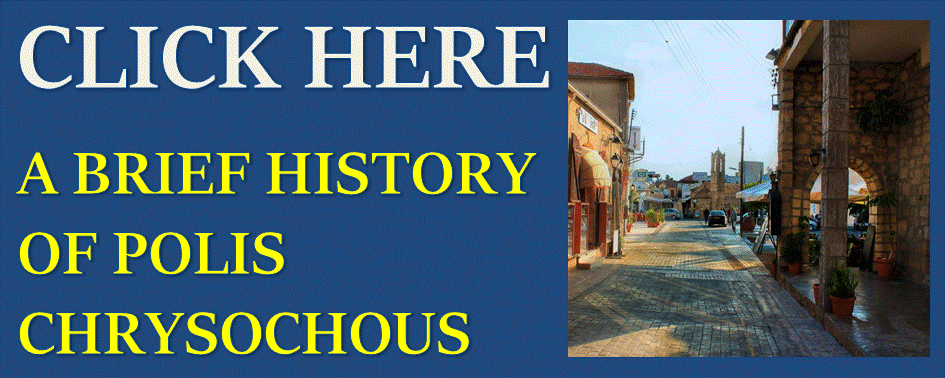A SYMBOL OF IMPERIAL POWER
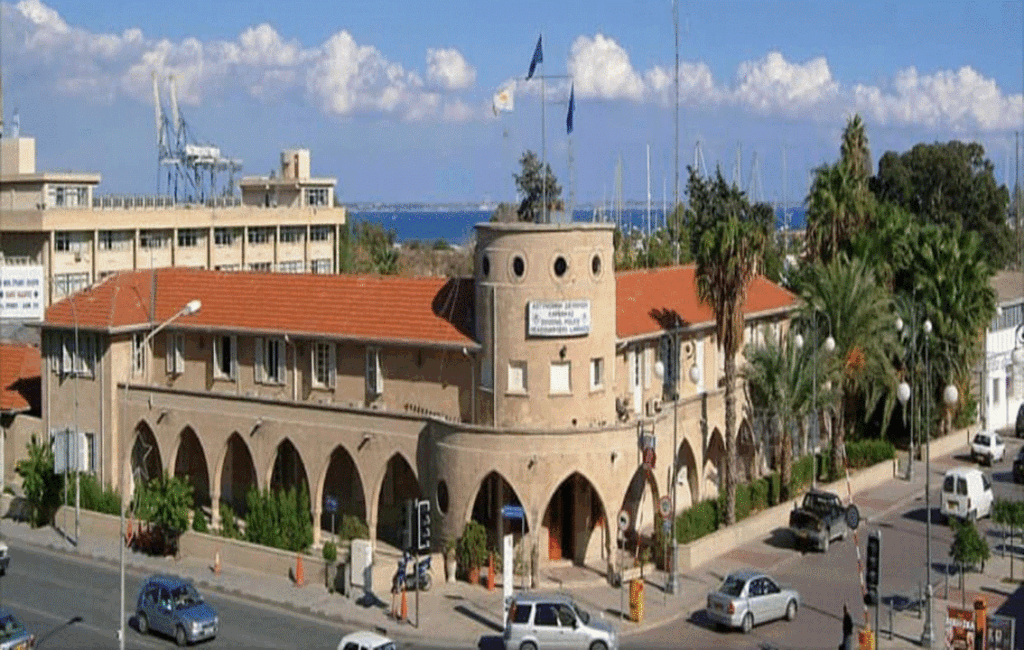

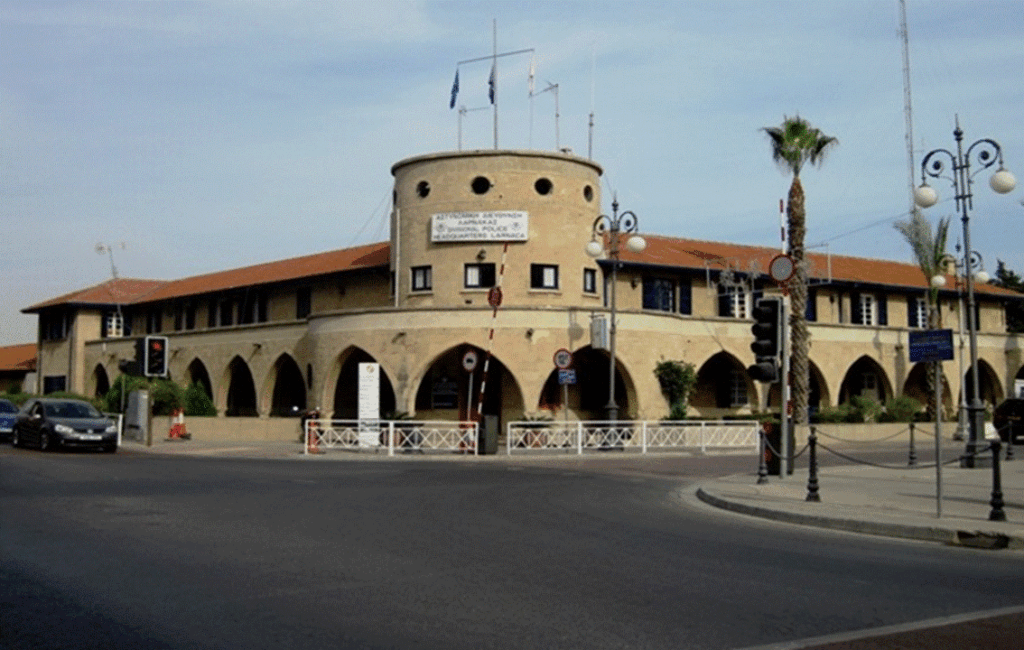
DESIGNED & BUILT BY BRITISH ARCHITECTS
The Larnaca police station headquarters building is located on the corner of Athens and Archbishop Makarios III Avenue. It greets all visitors entering the eastern side of the city’s Finikoudes seafront promenade. Built by the British colonial administration on the island during wartime in 1940, this iconic building was not originally designed to be the Larnaca police station. It was designed by the British architect Robin Halliday Macartney, who based the unique building on the ‘Martello Tower’ design. This design became common in other British overseas territories throughout the 19th century.
AN ICONIC LANDMARK
The Larnaca police station has two wings that meet at right angles in the middle. At this meeting point, an imposing tower rises above the building’s roof at its centre. Although the imposing cylindrical tower dominates, the building is also characterised by its pointed arches on the ground floor. Since its inception, its key location, helped to form part of the city’s vital infrastructure at the time. Today, it remains one of Larnaca’s most iconic landmarks.
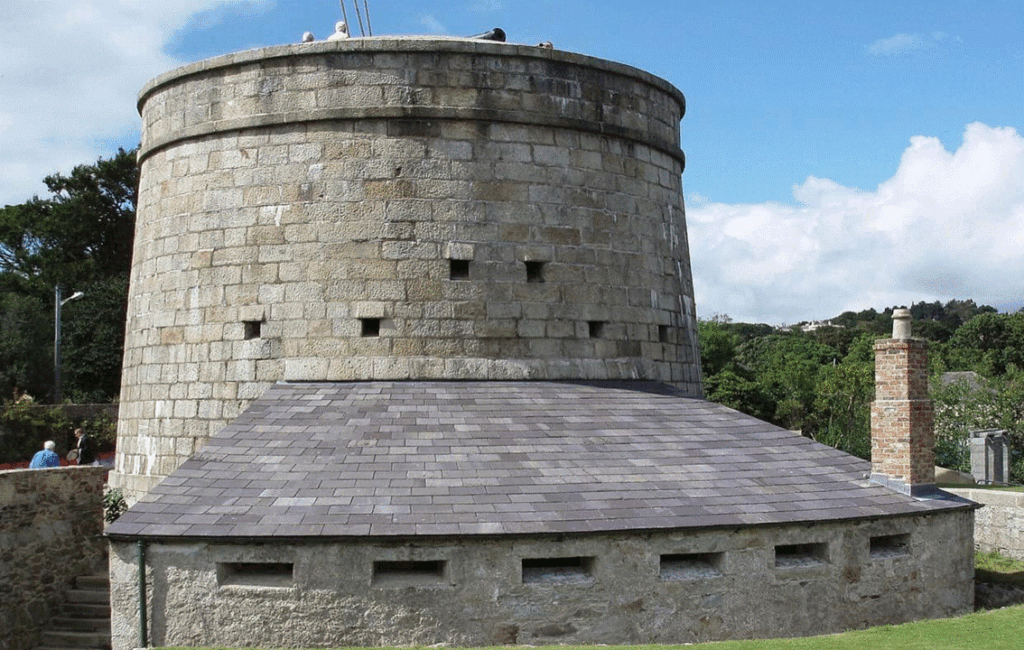
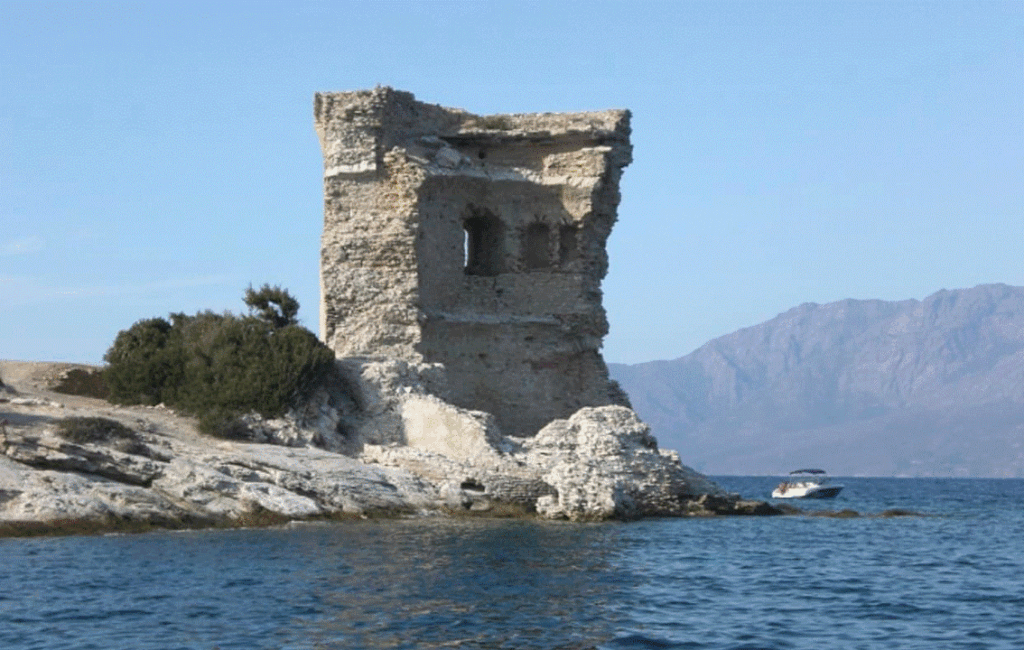
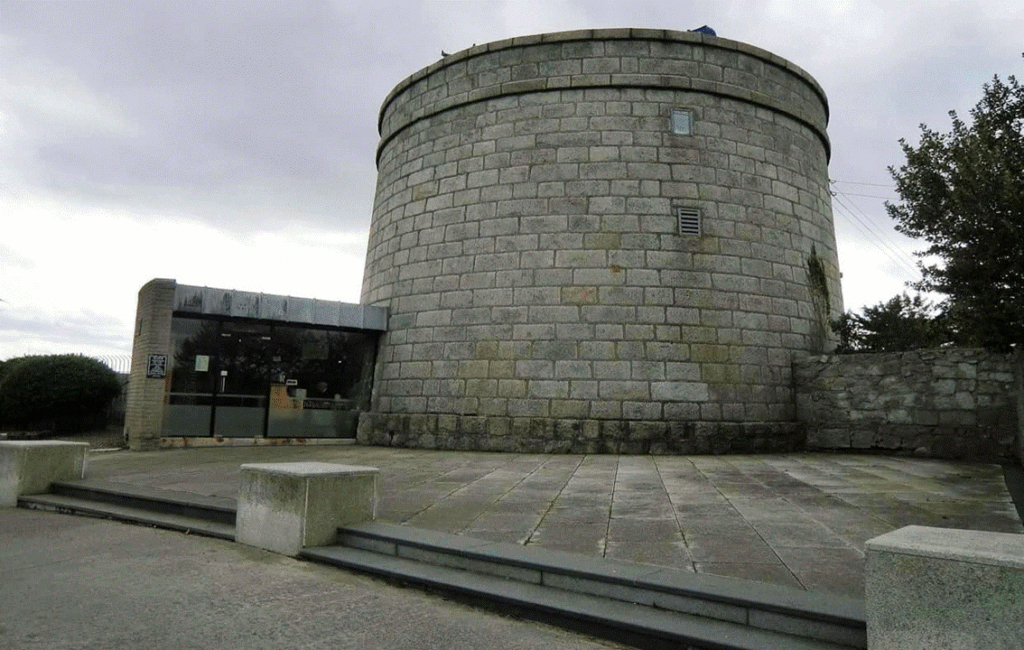
A STRUCTURE OF DEFENSIVE CAPABILITIES
The British realised the full potential of these structures mainly during the French Revolutionary Wars. This came about after the Cape Mortella Tower was besieged by two British warships during the siege of Saint-Florent in 1794. The defensive capabilities of the structure were recognised after a fierce battle ensued. Although the British eventually captured the tower, they had suffered heavy losses and incurred several casualties. The British were so impressed by the tower’s defensive capabilities that they decided to use similar structures for their own defences. They went on to build several of these small defensive structures en masse all over their colonial empire.
THE MARTELLO TOWERS
The Martello Tower took its name from the circular defensive structure at Cape Mortella. This tower, on the island of Corsica, became the preferred defensive structure during the heyday of British imperialism. A typical Martello Tower would usually consist of at least two floors. The cylindrical tower itself would usually be around 12 metres high. Each wall would be at least 2.5 metres thick. The ground floor would usually be used to store munitions and provisions, and the interior would consist of a series of fireplaces built into the walls. These were predominantly used for both cooking and heating. The first floor, which was usually divided into several compartments, typically housed a garrison of no more than 24 men. The Martello Tower has also been celebrated in literature, and the ‘Dublin Tower’ is famous for being the setting for the first chapter of James Joyce’s novel Ulysses.
A SYMBOL OF FORTIFIED FRONTIERS & IMPERIAL POWER
The general appearance and circular plan of each tower is an unmistakable reference to an important element of 19th-century British defensive architecture. Each imposing tower was designed to symbolise the strength of the British Empire. They were also used as a stark reminder of Britain’s willingness to defend its borders across its empire. Robin Halliday Macartney, at the time, stated that although the Larnaca tower no longer had any defensive significance by 1940, he still wanted to build a symbol of fortified frontiers and Imperial British Power. Ironically, the tower played a significant role during the island’s struggle for independence against the British, which began 15 years after it was built. Today, the building that houses the Larnaca police station remains a symbol of independence for the island.
A THREAT OF INVASION
The British designed and then built around 150 of these towers across the British Isles. This was in response to the very real threat of invasion by Napoleon Bonaparte, who was usurping much of Europe at the time. The British Mortello Towers were also designed for both defence and as an early warning system. Each tower was constructed within the sight of a neighbouring tower. This was so that news of any impending invasion could be easily transmitted further down the line. Rapid tower construction then continued throughout their empire until the late 19th century. As a result of this, examples of Mortello Towers can be found in Australia, Canada, South Africa, Sri Lanka, Mauritius, and Sierra Leone. With the herald of the 20th century, however, and with the advent of more modern weaponry, construction dramatically slowed down as the Martello Tower’s defensive capabilities became obsolete.
